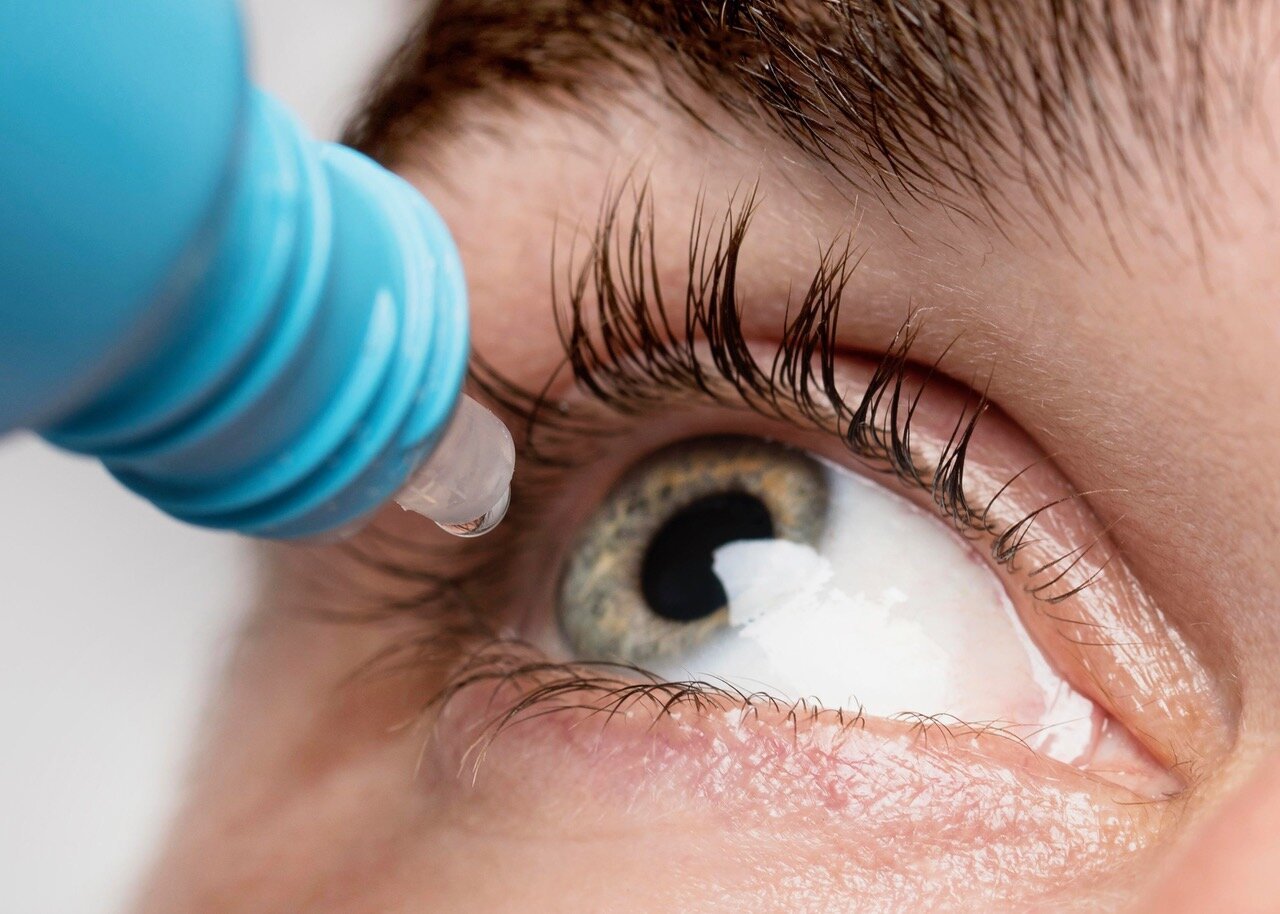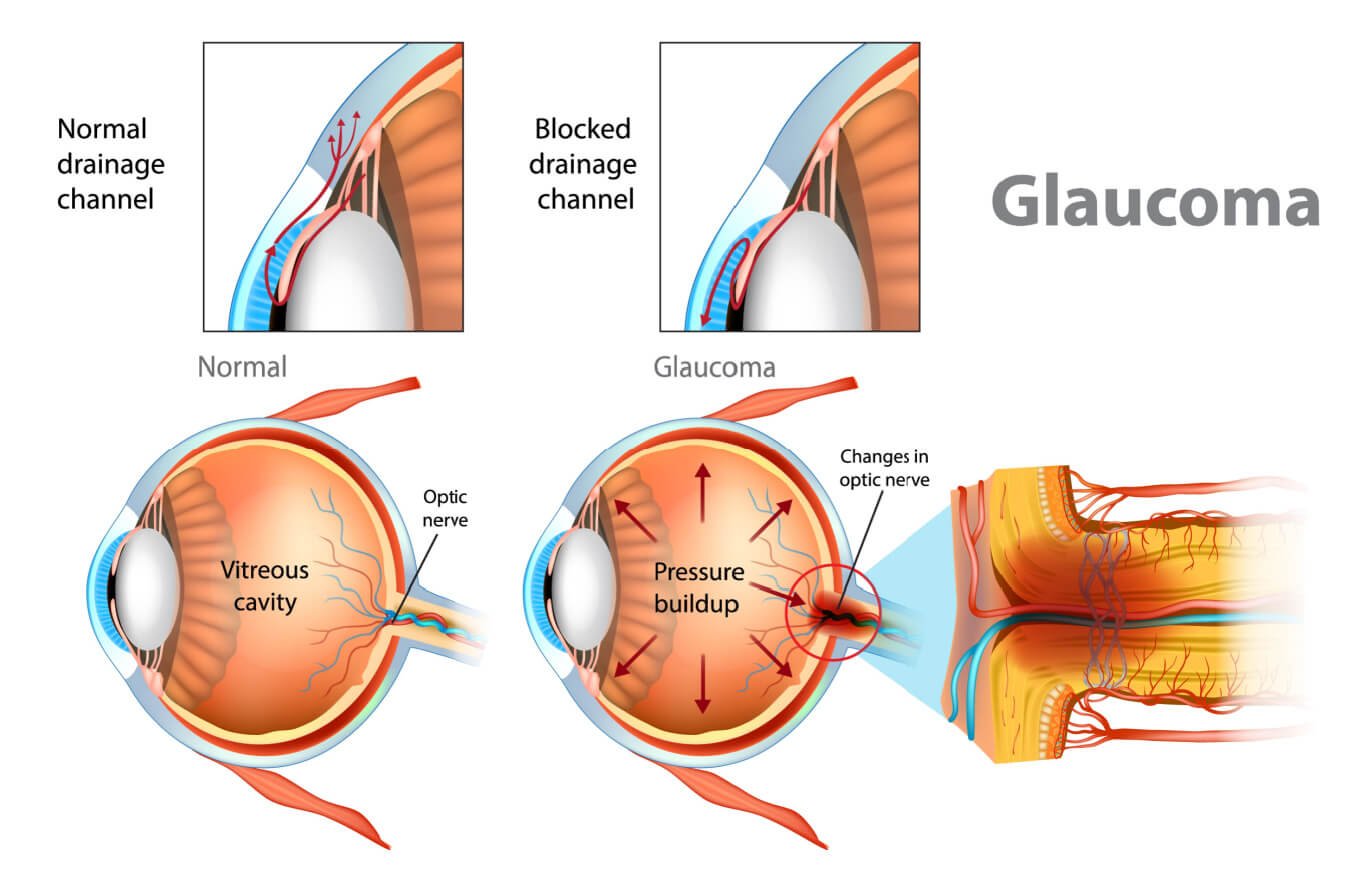Disease Management
Dry Eye
Dry eye disease or keratoconjunctivitis sicca, is a common condition that occurs when your tears aren't able to provide adequate lubrication for your eyes. This can happen if you don't produce enough tears or if you produce poor-quality tears. Managing dry eye involves various strategies to relieve symptoms and improve tear production and quality.
Cataracts
Cataracts are a common eye condition where the lens of the eye becomes cloudy, leading to a decrease in vision. They develop slowly and can affect one or both eyes. Cataracts are most commonly related to aging, but there are other factors and types as well.
Glaucoma
Glaucoma is a group of eye conditions that damage the optic nerve, which is vital for good vision. This damage is often caused by abnormally high pressure in the eye. Glaucoma is one of the leading causes of blindness for people over the age of 60, but it can occur at any age. Early detection is key to preventing vision loss from glaucoma.
Macular Degeneration
Macular degeneration, also known as age-related macular degeneration (AMD), is a medical condition that affects the macula, the central part of the retina responsible for sharp, straight-ahead vision. It is a leading cause of vision loss in people over the age of 50. There are 2 types of Macular Degeneration:
Dry AMD: This is the more common form, accounting for about 80-90% of cases. It occurs when the macula thins over time as part of the aging process, leading to a gradual loss of central vision. It often progresses slowly.
Wet AMD: This less common but more severe form occurs when abnormal blood vessels grow under the retina and macula. These vessels can leak blood and fluid, leading to rapid and severe vision loss.





